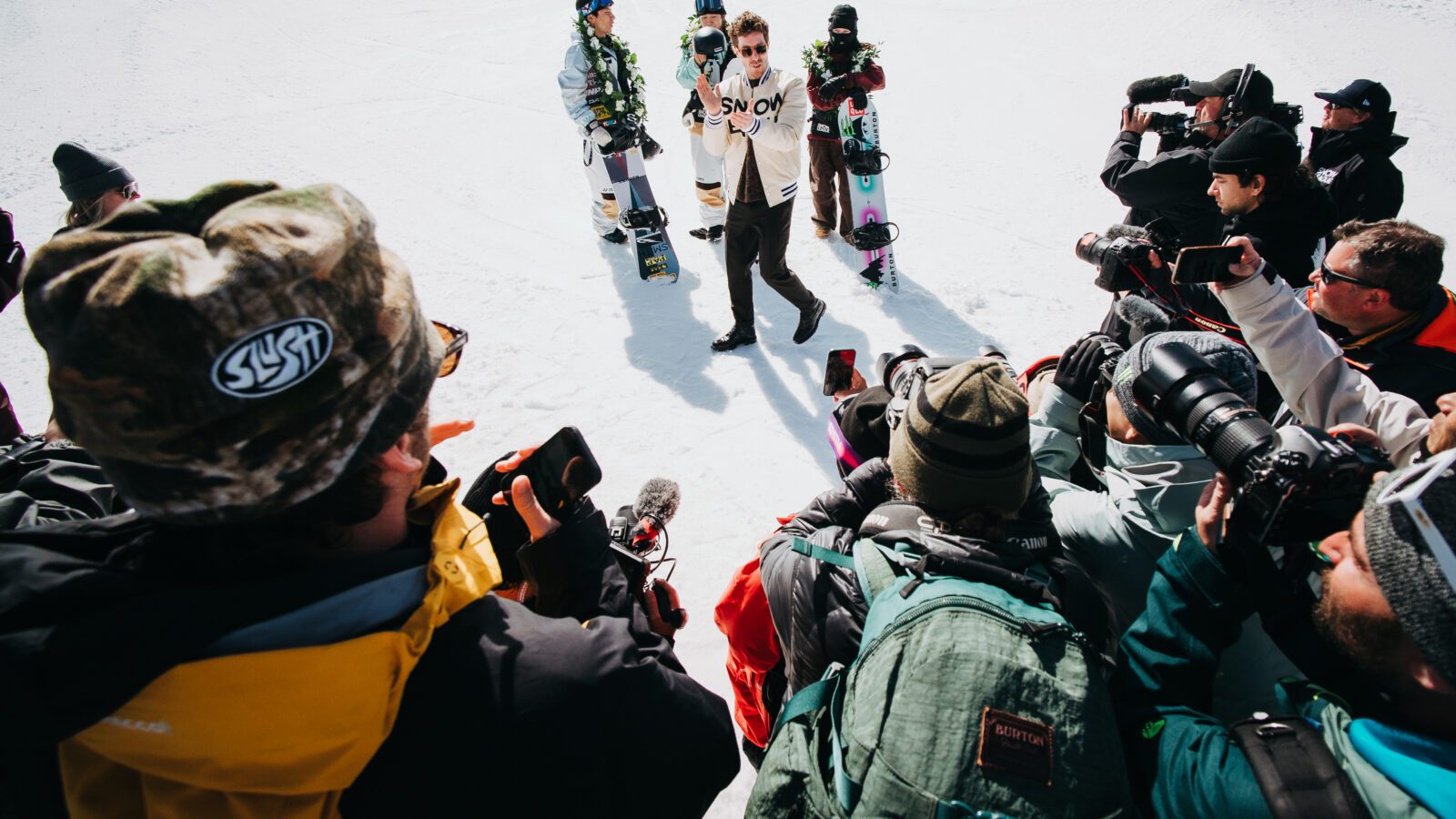Yay or Nay? Did The Snow League change the game?
An opinionated and reflective deep dive into the format, the audience, the vibe, the communications, the money and the League’s approach to snowboarding
Words by Alba Pardo
Was The Snow League really that bold and innovative, or did it completely miss the mark? I would say there is a bit of everything and a lot to unpack. If you are looking for the event recap and the official highlights, this is not it but you can find it here. Rather, we are taking the time to nitpick and analyse what we saw, the reactions and the aftermath of this first ever and highly anticipated Snow League event. Let’s dive right in because, after all, it is a piece of snowboarding’s history.
One thing is indisputable: Shaun White truly loves snowboarding and was really excited about bringing The Snow League to life. By the end of it, he was visibly emotional and happy. But… breaking news: to create a boundary-breaking event, the attention shouldn’t be on him but on the riders and the sport. And there was plenty of that, but also a bit too much publicity for my liking.
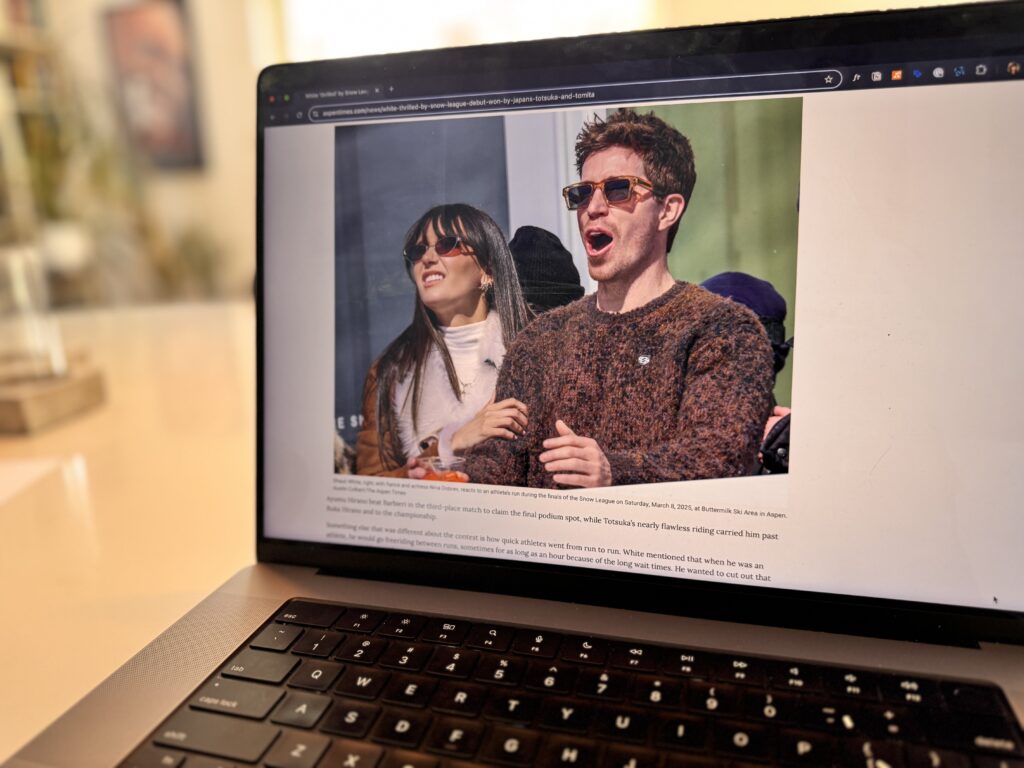
We all know how this works: leveraging White’s name, brand, and accomplishments is an easier way to kick off a whole new platform – and to be fair, it would be really difficult to do without a klout like his. However, the line is fine, and too much of this can hurt the credibility and the good things that are in the making.
I must admit I was really excited about the whole concept and idea. I was eager to see how a crew with such big sponsor names, luxury brands and “big ballers” would put all the resources into our poor snowboarding sport and make it shine. Sadly, after watching the streamed event, I found myself with contradicting feelings. I was really excited to see how the head-to-head runs worked on the halfpipe and how much excitement and high emotions it gave to the riders. On the other hand, there were just too many things that didn’t add up. Starting with a three-story building at the bottom of the pipe for the Celebrities and Influencers in a ticketed event that looked rather empty.
“The Snow League is like someone was in a coma for 15 years and then decided to launch a comp” – fired a colleague from a well-renowned European action sports media. I wouldn’t go that far, but I certainly agree that the balance wasn’t quite right. And I just hate it when I Google an event like this and the titles are mostly about the sponsors or the celebrity rather than the actual athletes.
So, if you want to geek out, bear with me and let’s take it down bit by bit:
The format
This is the golden nugget of it all. This is the reason for this event to exist, and I want to believe that Shaun White and his team had it as their North Star. I don’t doubt that the intention is to take the riders out of their comfort zone in order to deliver an exciting performance, push the boundaries of the sport and truly highlight what they are capable of.
They decided that the best way to do this would be to adopt a head-to-head format during finals. And whilst not innovative per se, it is a winning formula in terms of engagement for us – the mere mortals that live life through the riders landing the impossible. Another key to the format was the rule that imposed the competitors to do two different runs, as they had to drop in from different sides of the pipe and to claim victory, you needed to beat your opponent twice (out of three possible runs).
These are the two main elements that made this format special and different from any other halfpipe competition. But of course there are nuances, and things to be improved, which I am sure they will keep doing on the next events.
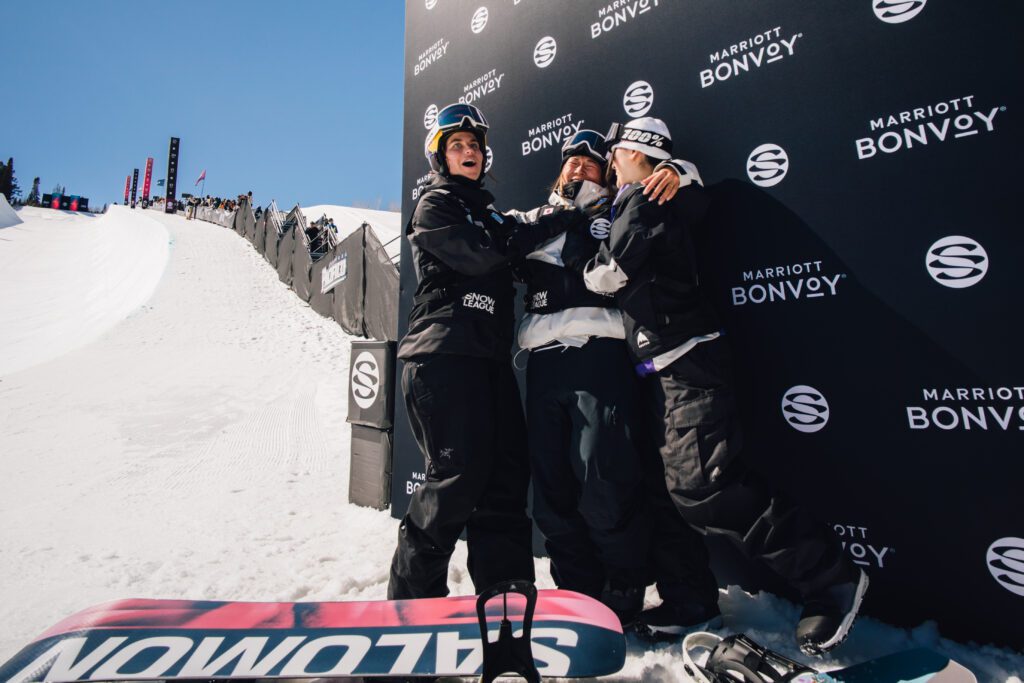
But not happy with this conclusion, and because I believe this is the only thing that is going to make or break this League as it’s the vision and their differentiator, I wanted to understand really how different it is from the current World Cups format in terms of what the riders deliver and their tactics.
So I asked the Head Judge, Fredrik Westman, how much difference there was between the runs we saw during the Snow League from any of the other current events, and he explained that they actually do the same runs they normally perform in the World Cup events, X Games and so on, “but here they need to do another one, and for the most part they did the same tricks in a different order. However, you could see they had a good run and a not-so-good run. So it all became about the tactics, and it was very interesting to see.”
“Yuto did very well because he has a big variety of tricks; he not only spun the four normal ways but actually also incorporated more rotation directions with his backside and switch backside alley-oops. His runs are very interesting to watch, even if his hits aren’t as high as Ayumu’s sometimes, because Hirano lacks variety on his runs, he is now starting to incorporate an alley-oop but often lacks a switch backside rotation.”
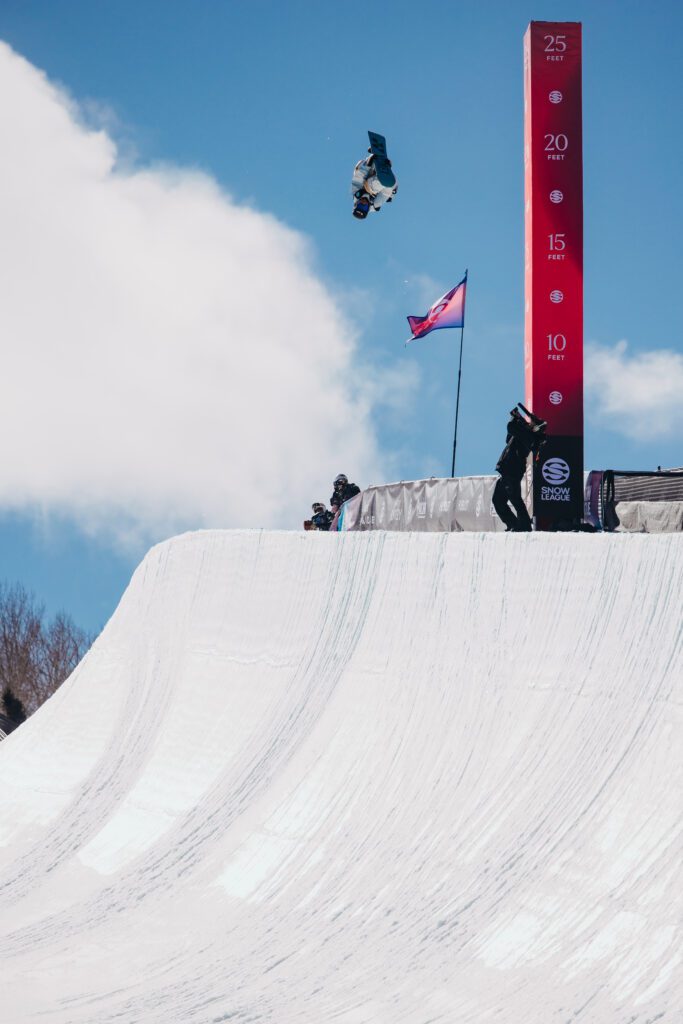
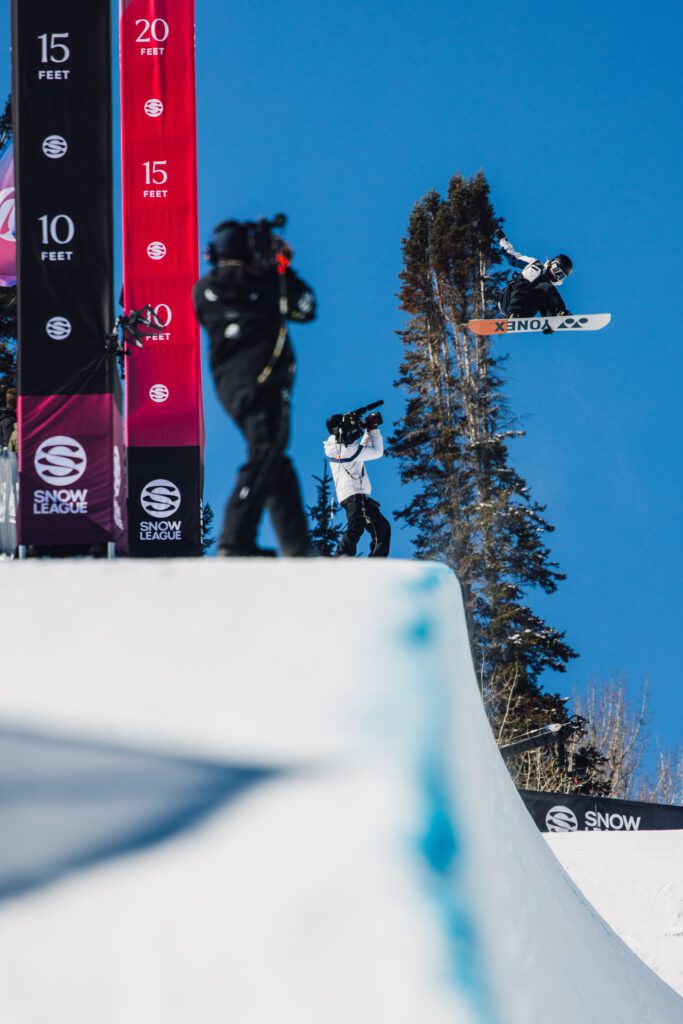
I told you I would get into detail, but don’t get dizzy, I promise it all will make sense. Head Judge Westman continued to explain that he really liked this format because it was a lot more interesting, “although maybe these details make a difference just for the nerds”.
And he is not wrong; when it gets this specific, this nuanced and this detailed, the untrained eye can, and will, miss the technicalities of what makes a winner. This takes me to the next point:
The delivery of the event
The presenting, the story-telling, call it as you wish. In any case, for me, this was a huge misfire.
But it all begins with context, and in this instance, this means: who is the audience?
On one hand, you have the core snowboarding community somewhat tired of the FIS stiffness and just excited to have another format of a classic discipline that promises to value style, variety, tactics and creativity. A dream, really, just a bit uncertain by the fact that the Flying Tomato is behind it all. For some, it’s an endorsement; for others an “approach with caution” sign.
On the other hand, you have sponsors like Tiffany’s diamonds and a ridiculously expensive car brand, and some lux watch brand, and Mariott, this one I recognise – but that’s about how far my affair with luxury brands goes. So, these brands mixed with the Monclair-influencing-self-called-cellebs that White seems to be surrounded with means it opens the door to a WHOLE new audience. And I mean, it is Aspen, after all.
Don’t get me wrong, the door opening to a new audience is something a lot try, and most fail, and it can be the key to longevity and success. So, why do I feel like it didn’t quite work?
What bothers me is not the VIP treatment, the fur hats or the lobster and caviar canapés, it is that the people who are in for the “party” experience will always find a better party elsewhere unless they get hooked onto the true essence of the event. And now, it goes back to the sports performance.
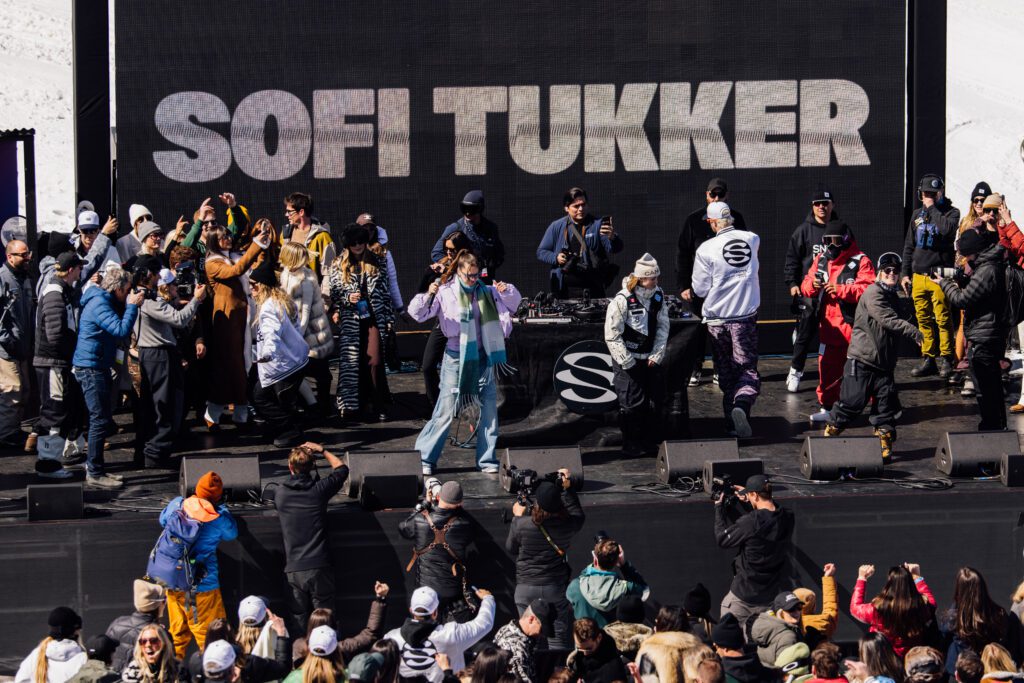
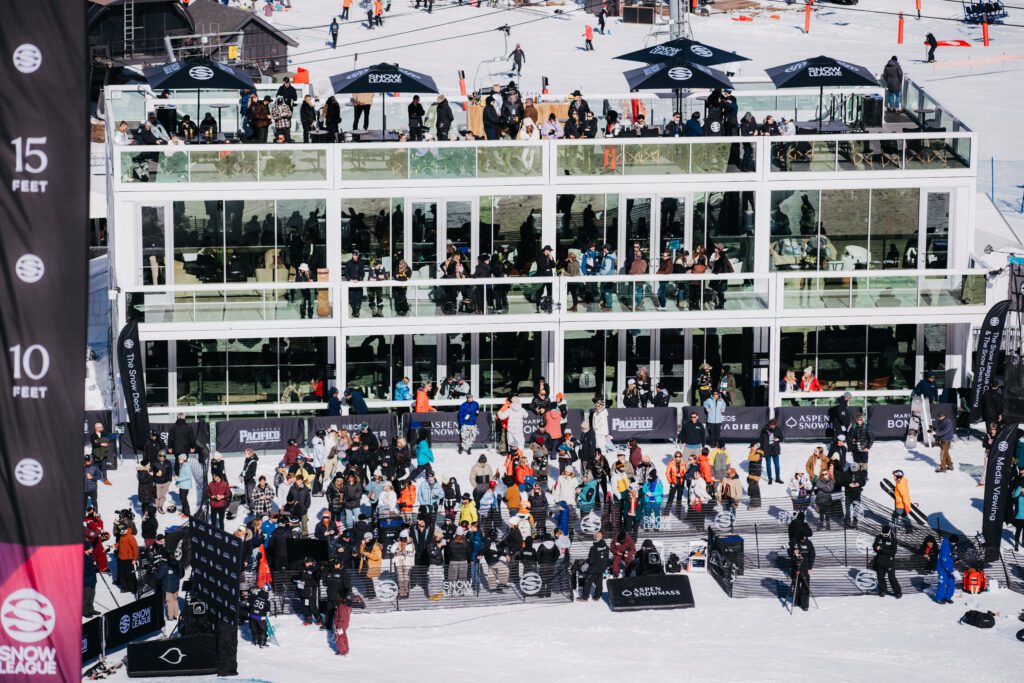
But it only took me a thousand words to establish that the competition is so technical that it can be hard to enjoy or understand. Head-to-head, yes, everybody understands a fight, but when you are kicking the air, those kicks need to be explained really, REALLY well.
I believe, and this is my own opinion, so take it with caution, that the delivery of the streaming, from the commentators to the graphics, to the imagery and camera angles, and creativity to tell the story lacked an enormous amount of hand holding for the audience watching from home – I watched on MAX, so maybe it was different in other channels. And I believe, again my opinion, that some of it would have been quite “easily” improved on two fronts: truly leveraging the athletes, their trajectory, story and figures and on milking the head-to-head to where it can be taken.
Think split screen replays, comprehensive graphics showing the directions of the spins and the other judging criteria, riders with microphones to hear a lot more of what goes through their mind, – we got a glimpse with Maddie Mastro’s last run – commentators or judge analysts that have enough time and info to deliver more background information about the strengths and weaknesses of each rider… I mean, sky is the limit right… But now we have drones, so… no limits!
To contrast my opinions, I wanted to share the candid insight CK shared with me, a seasoned event professional with an extensive experience in the production of big events, from the LAAX OPEN to the Chur Big Air: “For me, as somebody who works in events it’s nice to have another one out there. Even with, or maybe even because, the different approach concerning audience and visitors. Contest-wise the head-to-head format is refreshing and easy to watch. Event graphics and the whole look and feel was actually on point and as a guest you really felt welcome and part of the glam :)”
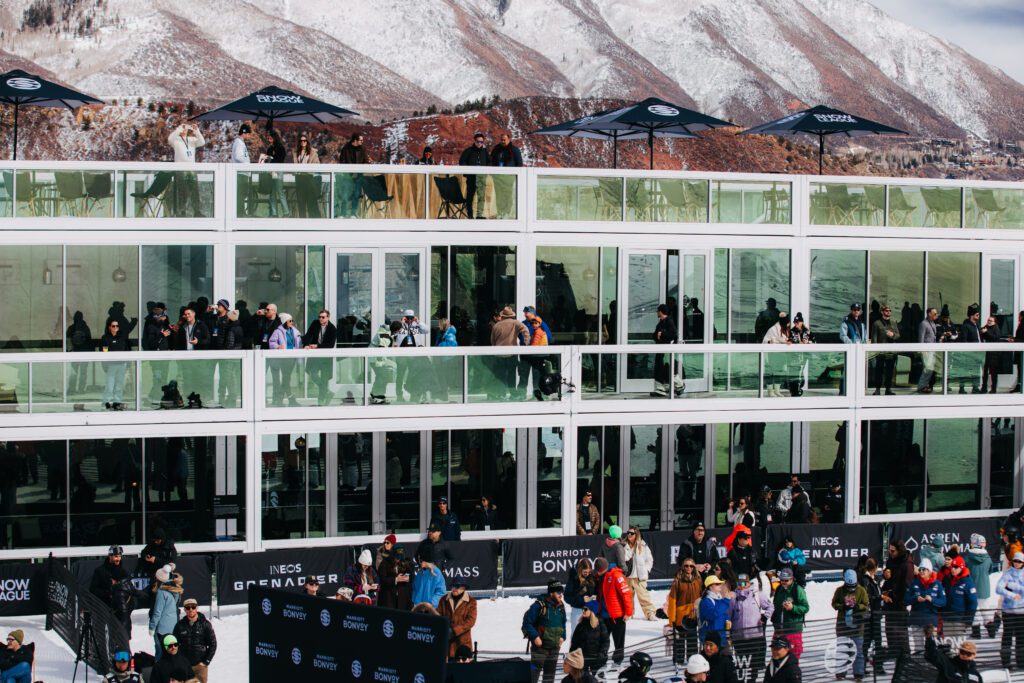
I must admit that I appreciated the input of Connor Manning, the judge analyst as he helped clarify some of these nuances, and Tom Monterrosso also carried a big weight on walking the audience through it, but even with them it fell short, because the supporting graphics, and in my opinion realization, wasn’t quite there yet.
I also loved the Japanese-American reporter on-site. Usually, we never get to hear the Japanese riders truly able to express themselves after dominating the podiums, and having her there allowed them to shine through beautifully, and efforts like this to enable individuals to be who they are and be understood shouldn’t go unnoticed.
On another note, in an effort to bring these two audiences together, as the organisers are well aware of the challenge, they brought in a voice and presence considered to be one of the most core – traditionally not into comps or events of this caliber, that is Bomb Hole’s Chris Grenier. And whilst I totally understand the strategy behind it, and on social media it didn’t go half-bad, I think the moment right after the podium when he had a few words with Shaun White was one of the most akward interactions I have seen live, and personally I would have loved that moment to be about the heroes of the day, not Shaun White, again. But do with this what you will.
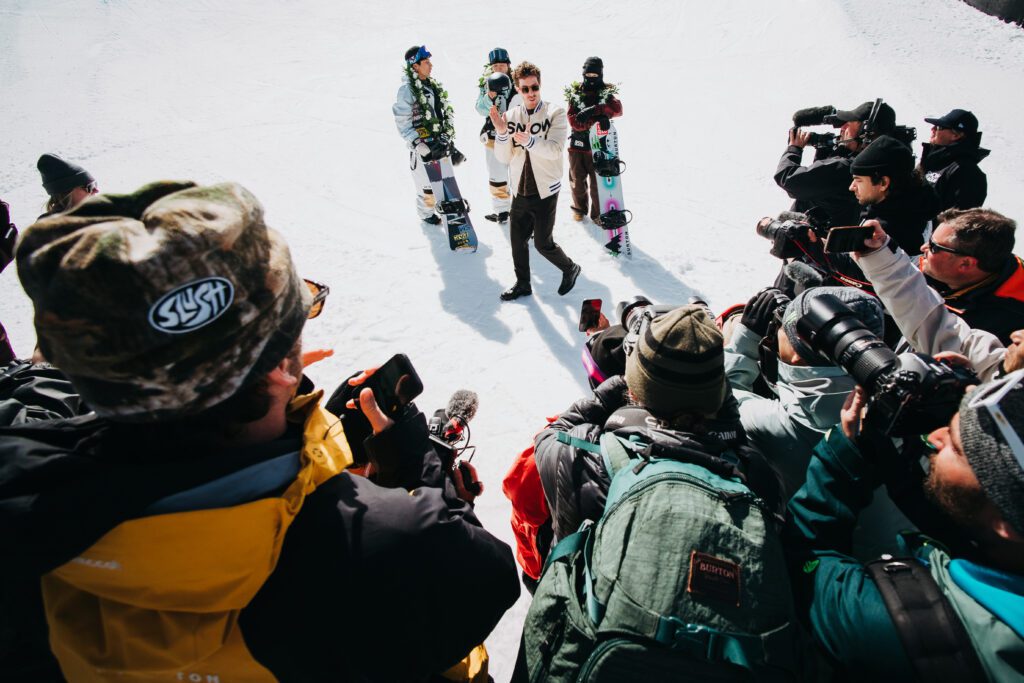
Social Media and the Influencers
I have already brushed over this, so I’ll make it short, but I believe it is worth unpacking it further as it’s integral to this event and the tour.
Yes, we know how it works in today’s world: without Social Media Influence, you don’t exist. But I just wonder, how long will these influencers stay in it? Do they care about snowboarding? Do they have to care about snowboarding? Will the audience and attention the bring in be beneficial to the League?
I like to believe it’s not only about the impacts but the quality of these impacts. I don’t want to go down a rabbit hole on this one as well, and it’s obvious that the flashy sponsors like flashy numbers, but I leave it here as food for thought.
I think that the digital community management of the League has failed tremendously to engage the snowboarding fans by forgetting that the sponsors will only get impacts if the riders are at the centre of it all, if the riding and the evolution of the sports is the central pillar of their organisation, which in turn should be mirrored in their communications. On the other hand, I recognise that they are just starting off, but when you talk about an A-team, the expectations are going to be accordingly.
And talking about the fans…
On-site Public
Where the hell were they? Was it just my feed, or was it empty as hell? It only started to appear a bit more populated during the last few runs. And bear in mind, it was a ticketed event, so did some people just pay to see the last few runs?
Yes, a ticketed event. In case you didn’t know, you needed to pay to go and watch. Whilst it’s the norm for most spectator sports, for snowboarding, the gated access seems brave. I, for once, don’t totally disagree with it. I recall seeing a comment on the League’s official channels explaining that they wanted to deliver the best experience possible for everyone that wanted to watch, whether from home or on-site, and this allowed them to better prepare and cater and tailor this experience.
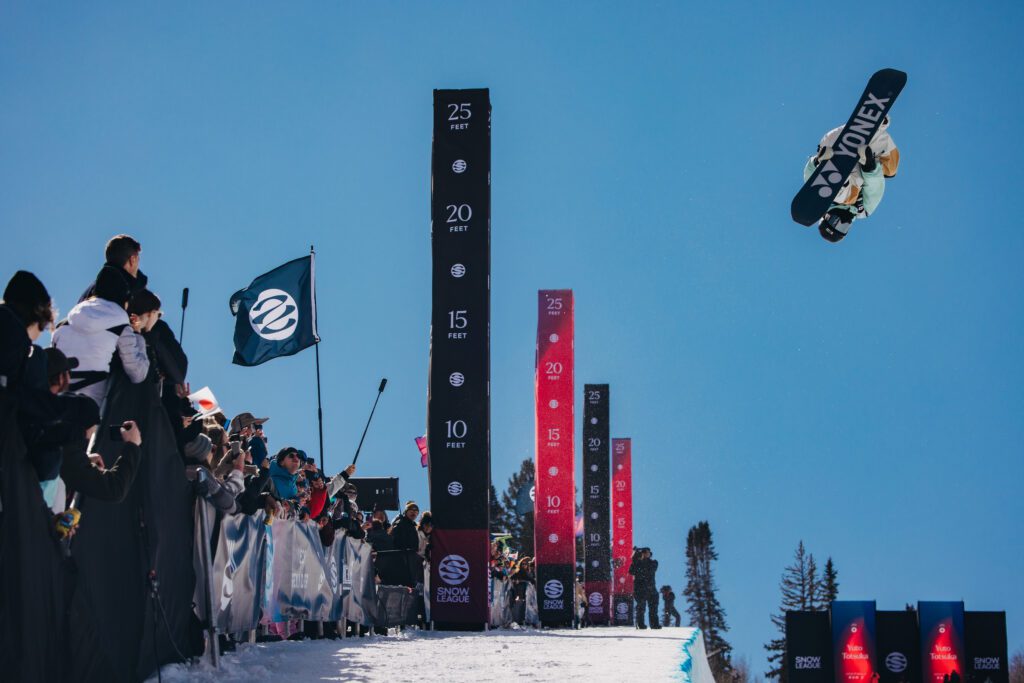
From an organiser’s perspective, I totally understand that you are delivering a service and it has a price, and that it wasn’t too exorbitant either. But of course, you have to account for the fact that for a sport which is not used to this system, there is going to be some resistance. So I wonder… was this the reason why it looked empty? Or is the Aspen crowd not into snowboarding? Or perhaps, after the X Games and the World Cup, they had enough of it all?
Whatever it was, it was a bit sad because I know how vibrant a big audience can be in a pipe event like this. For the fans themselves, but also the riders. And it’s freaking cool to watch them fly over your head. Period.
Money Talk
The Snow League has been very open about the money they have piled up from investors, announcing a round of $15 million which translates into a purse for Season One of the Snow League of $1.6 million across the four snowboarding events, with an equal prize purse for men and women.
“Both Aspen Snowmass podiums offer an $80,000 purse with $50,000 for first, $20,000 for second, and $10,000 for third. They also explain that the prize money extends to all finalists, with fourth place earning $5,000 and the remaining four finishers receiving $2,500 each. This payout structure will apply across all four events in Season One.”
They claim it is the first snowboarding competition to give an appearance fee to all 36 competing athletes of a $5,000 fee, “reflecting an unprecedented level of support that underscores the Snow League’s athlete-first approach.”
Whilst it might be true that it’s the first event to give an appearance fee to all the participating athletes, the TTR already had an appearance fee structure for the invited riders. But I celebrate that they provide these resources and share them too.
But having a deeper look, whilst the World Cups may not offer an appearance fee themselves, the national federations provide a support system to their athletes part-taking in the circuit. Whilst these support can vary tremendously from nation to nation I can’t help but recall the public media battle the seasoned Spanish rider Queralt Castellet had with the federation just before the last Olympic cycle, as they were only paying her 6.000€ per World Cup she would attend, which had to cover her travel and accommodation as well as the costs for her coach, ski-man, physiotherapist and whoever else she needed in her team to be able to perform in the competitions. Suddenly, those big amounts don’t look so big anymore.
And whilst the prize purses for the World Cups are just a fraction of what The Snow League offered, I believe they had no other choice than to make it juicy enough for the riders to want to fir another event in their packed agenda. Nonetheless, it’s refreshing to see that big money can be dragged into snowboarding, pay the officials what they are worth and foment a true professional elite sports path.
I hope they manage to make the cashflow last and not become a one shot wonder.
Conclusion
I am a big fan of progression – trying, learning and getting back to the drawing board. In my eyes, there is no other way to excellence and no visionary is born with the winning formula: Rather, they have the determination, and often the privilege – and almost always the support – but always the resilience that it takes to create something new.
New means change, and change can be scary. But it can also bring many good things. Also, new… is not that new anymore. It’s a collection of things that worked, that we liked and that can be better. So it’s not strange to see hints and influences from the old TTR and World Snowboard Tour, and a structure that resembles the World Surf League, or the judging criteria from FIS or the head-to-heads – and even the bibs style – from the Natural Selection Tour. And it doesn’t mean it’s bad. I just hope that the intentions remain anchored in the values of the sport and the community. We can take evolution, make new friends and welcome new people into the sport. Hell, that is the dream. But let’s do it humbly, and let’s keep each other accountable.
I’ll start: I am aware I haven’t got the input of any of the participating riders in this piece, neither of the organising committee, time was short and I wasn’t able to reach out to everyone. However, I acknowledge that this piece is not the absolute truth; it’s a collection of opinions and observations, and I invite everyone to make their own and contribute to the conversation, always, with the respect that curiosity brings.
And to end this brain dump, I share professional snowboarder Summer Fenton’s intrigue as also “I’m curious to see the analytics from this event and if it was able to get the reach they wanted”.

